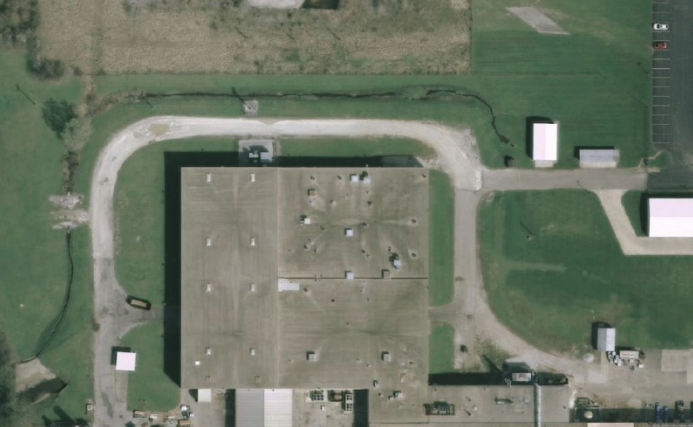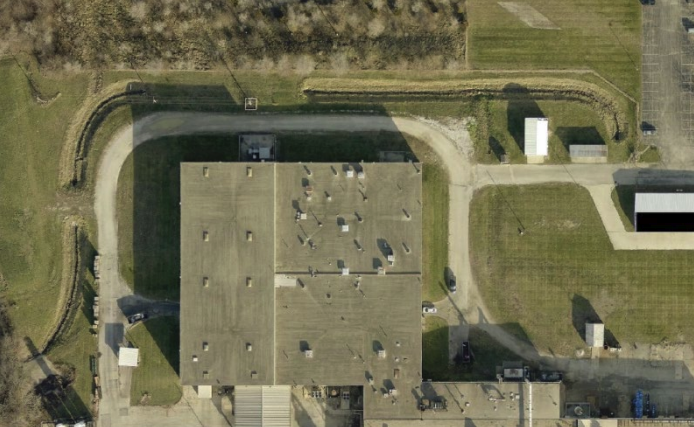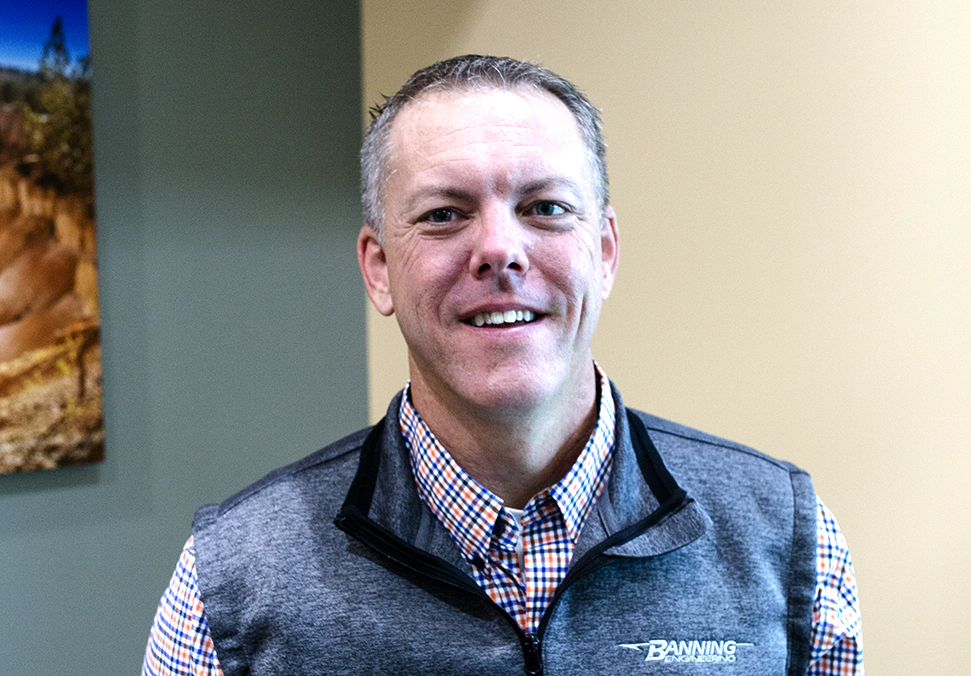A Goal Without a Plan is Just a Wish.
We’ve all heard quotes like this before. However, as I age, this quote by Antione de Saint-Exupery keeps rising on the list of most profound. Working in the Municipal market for almost 20 years, I’ve had the pleasure of working on several hard projects with clients. It’s never easy, but those that have a well thought out plan always seem to find a way to completion. One of the most recent (or not so recent) projects like this is the William Shelly Drain in Montgomery County.
An old clay tile regulated drain within the City of Crawfordsville built a century ago. The drain is severely undersized for the watershed coming to it and built on top of by industrial and commercial developments (not to mention running under a state highway for nearly 500 feet). This tile is a just tile meant for agricultural production, not the storm sewer it was being used as. In 1998 the watershed was declared an Impact Drainage Area, thus limiting development within it. Over time momentum started to build to fully address this problem, but where to start, what to do first, when to do it, and what sequence to do it in?
A change occurred in 2008 when the Montgomery County Drainage Board and Tom Cummins, the new Montgomery County Surveyor, decided to prioritize this project. Tom presented a plan to residents outlining a long-term plan for the watershed at a 2008 assessment hearing, which the Board approved.
Finally, the William Shelly Drain was put back on assessment for the first time since 1968. This is one of the toughest meetings I’ve ever seen. Decades of frustration were put into one room for one night. Kudos to those that stuck by the plan and kept it on track. With a funding source now available, the work in the field could start.
The plan, as presented, involved several phases; the first (and most important) was to get a detailed layout of the drainage system. Jetting, televising, and repairing miles of old clay tile took years to complete, but it was the first step. Next up was upgrading the drain outlet to get it from no flow to some flow. This was completed in 2017. With this upgrade, some restrictions could be lifted. The plan could be seen, and the plan was working.
The last phase is installing a large storm sewer and group of retention ponds to upgrade the old agricultural tile into the storm sewer the area needed 50 years ago. Planning for this last phase has taken years to coordinate with state highways, high pressure pipelines, commercial and industrial landowners, and numerous other local utilities to navigate. Now the time is close, and the finish line is near, but without that plan presented in 2008, solving this decades long problem would still just be a wish. There’s a lot of hard work still left, but because it’s in the plan, I’m sure it will get done.



